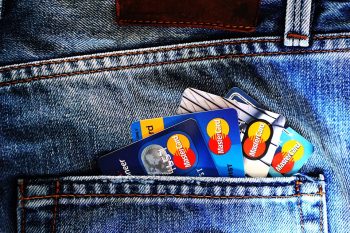In 2017, 6 seconds are enough for crooks to hack a bank card. Last year, 0.07% of VISA cards were subject to fraud. Out of 592.2 billion euros in money transfers, 416.1 million euros were debited fraudulently. Definitely, the criminals are not idle! They use software to achieve their ends. Along with the plethora of numerous frauds, the solutions for securing the bank card payment system are also constantly evolving. However, consumers have their share of vigilance.
First of all, you have to know the different possible reasons for a fraudulent charge. A purchase on an unsecured and hacked website can be one of them. Sharing the data with a front site that does email phishing and then pretends to be a trustworthy provider is another. Otherwise, there is malware that steals banking identities entered on an unprotected device. A simple prying look at the back of a bank card when using it for purchase is enough to cause financial havoc, as can clumsiness such as pre-registering a login and password on a browser. Forewarned is forearmed.
Then, unsecured sites are discouraged. The use of double payment security is recommended. It is generally the bank that offers it to the customer. The reliability of an online bank is to be checked absolutely. After the loss of a mobile device or in the slightest doubt, it is advisable to immediately change its password. Just like the terminal, all payment tools must be secure. Regular monitoring of monthly bank statements is imperative. In the event of an anomaly, you will have to inform and report your banker, and ask them to replace their bank card. Reimbursement of losses is possible, depending on the case.
For their part, innovative companies and start-ups are responding by offering solutions for securing the payment system by bank cards. The problem is indeed the obligation of the consumer to communicate his bank card number to a third party during a collection or a remote purchase. This third party can still keep this number and use it in the future for dishonest purposes.
At Bluepaid, for example, the services offered consist of creating a secure payment URL. The service provider sends this link to its client by e-mail (with authentication) or by SMS. He must click on this link to be immediately redirected to the payment interface of the bank of the person with whom he is dealing. It is at this stage that the customer will enter his credit card details. The financial organization will then verify its identity via a security system such as 3D Secure. Thereafter, the customer will only have to wait for his merchandise if he is a buyer, or collect his money if he has a debt. Note that the 3D Secure device consists of sending a unique code by SMS to the bank card holder’s mobile device. The latter will then have to confirm online that he is indeed the customer in question.


